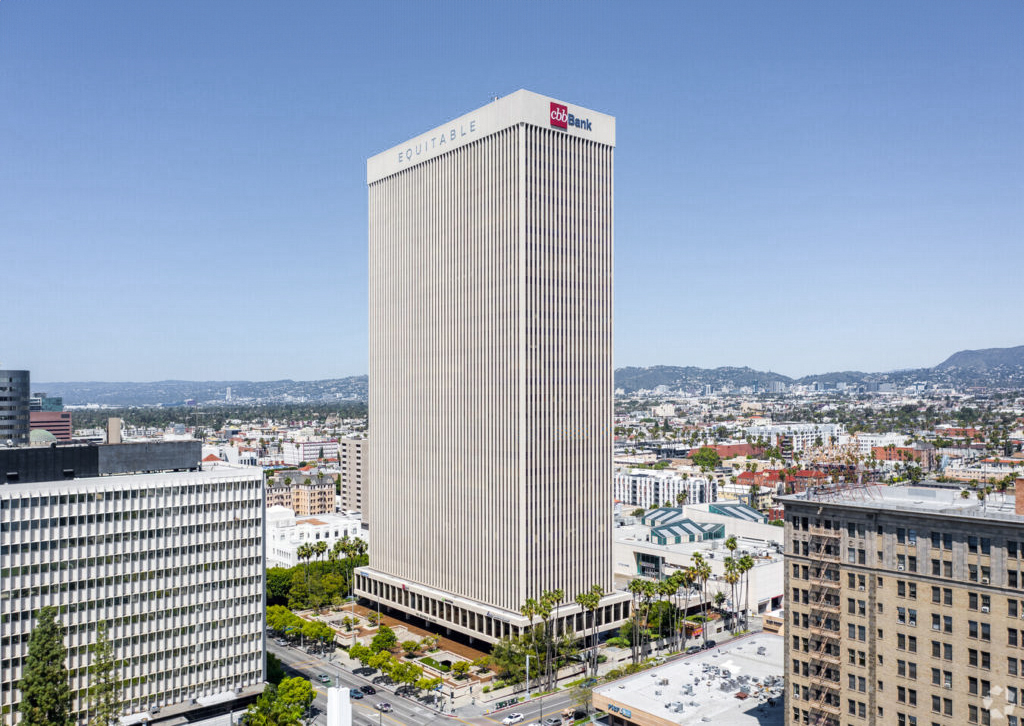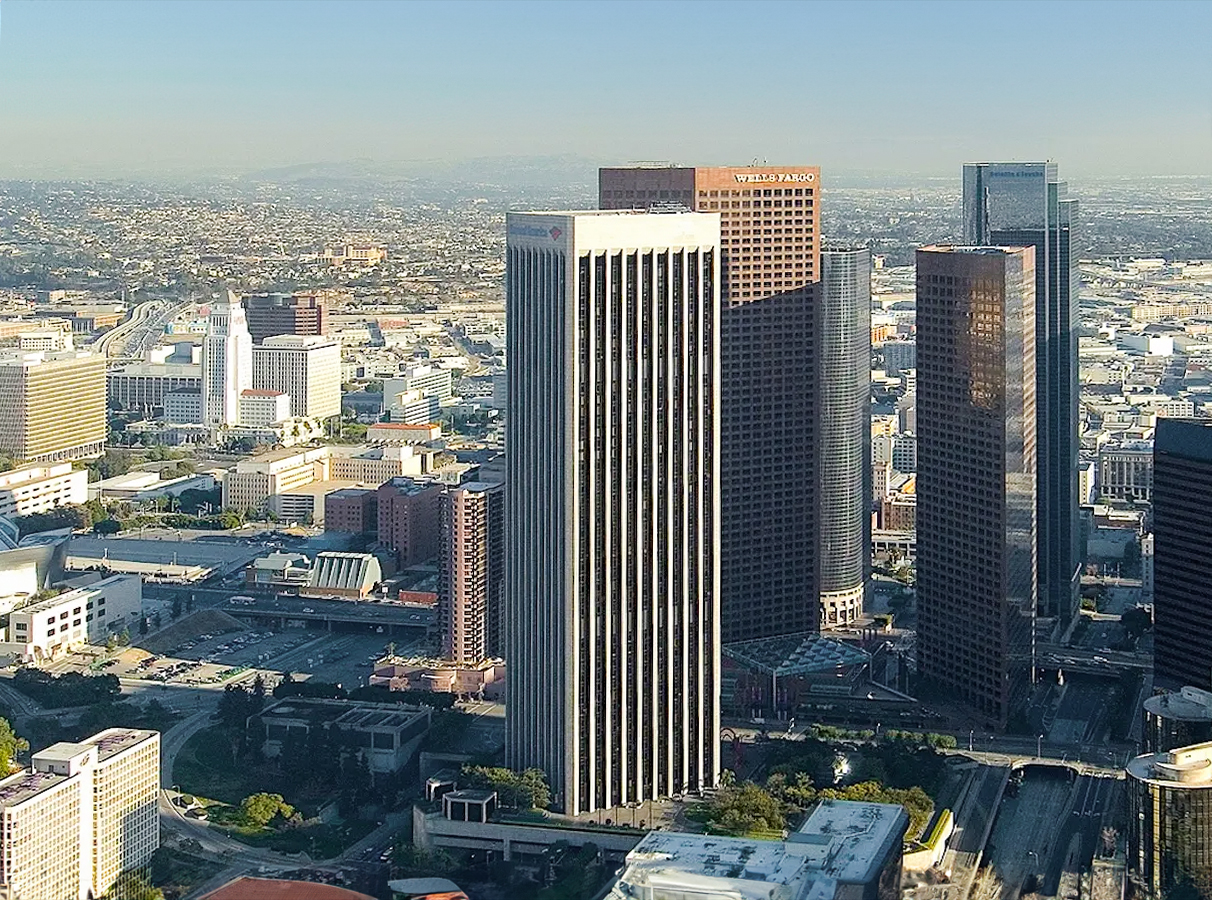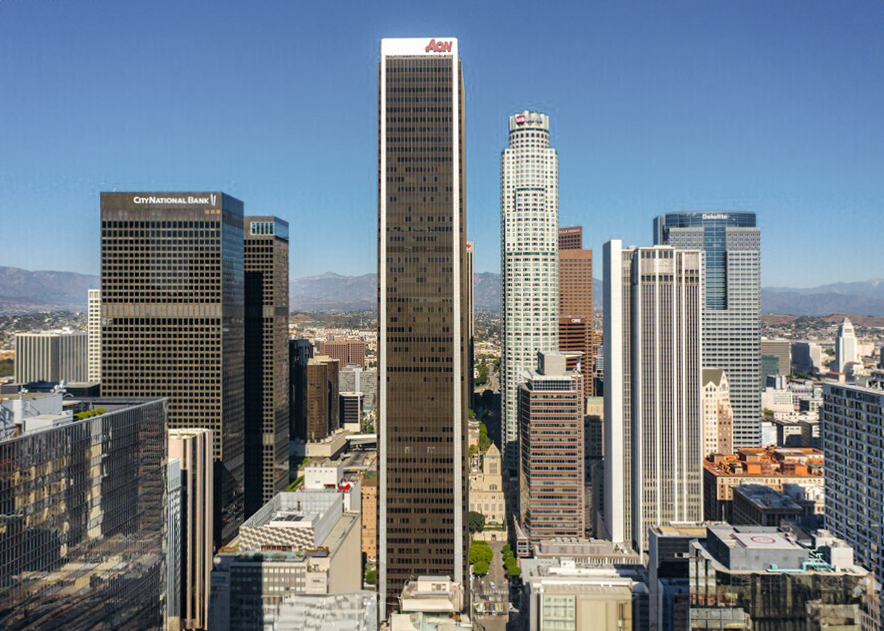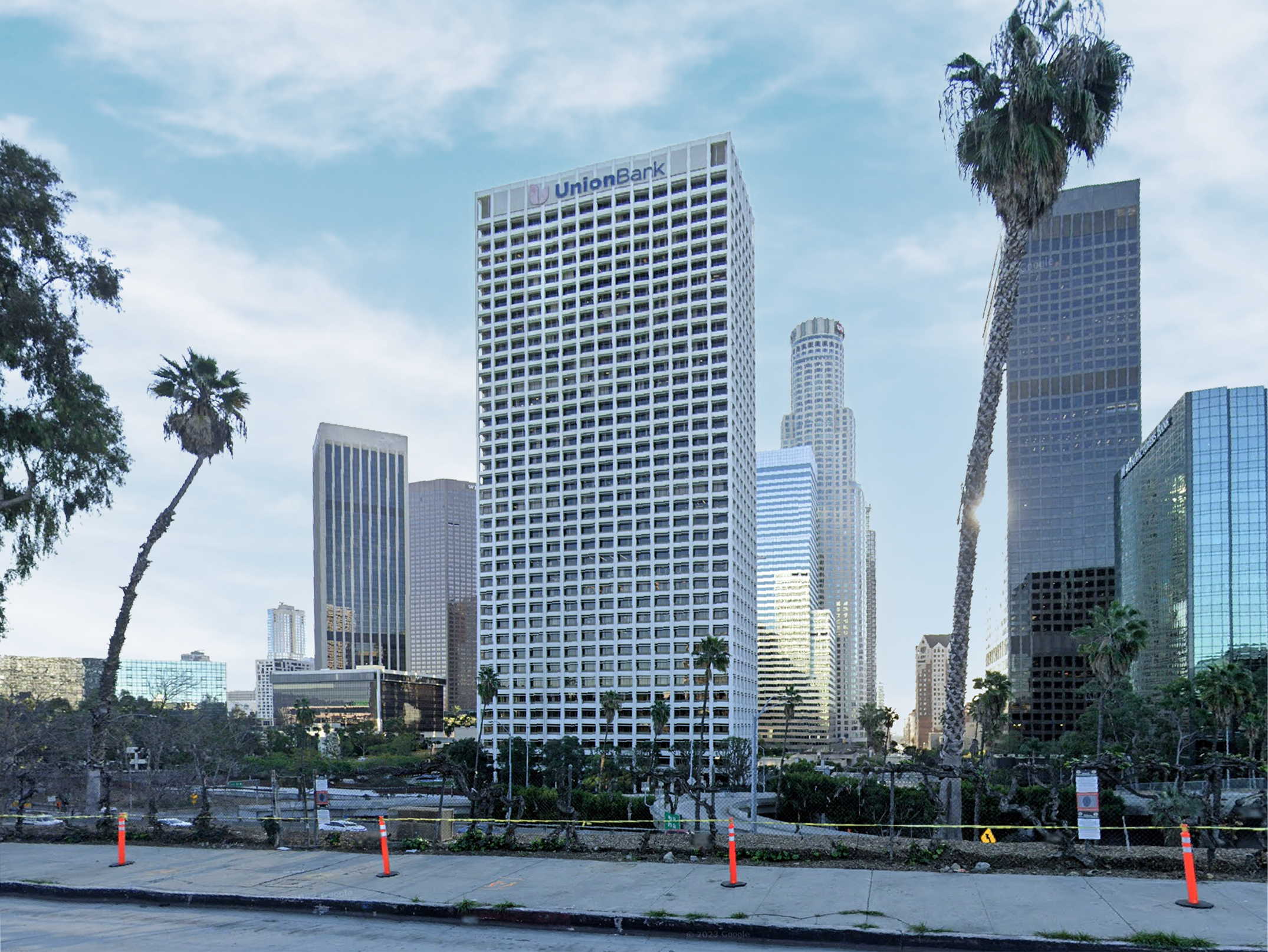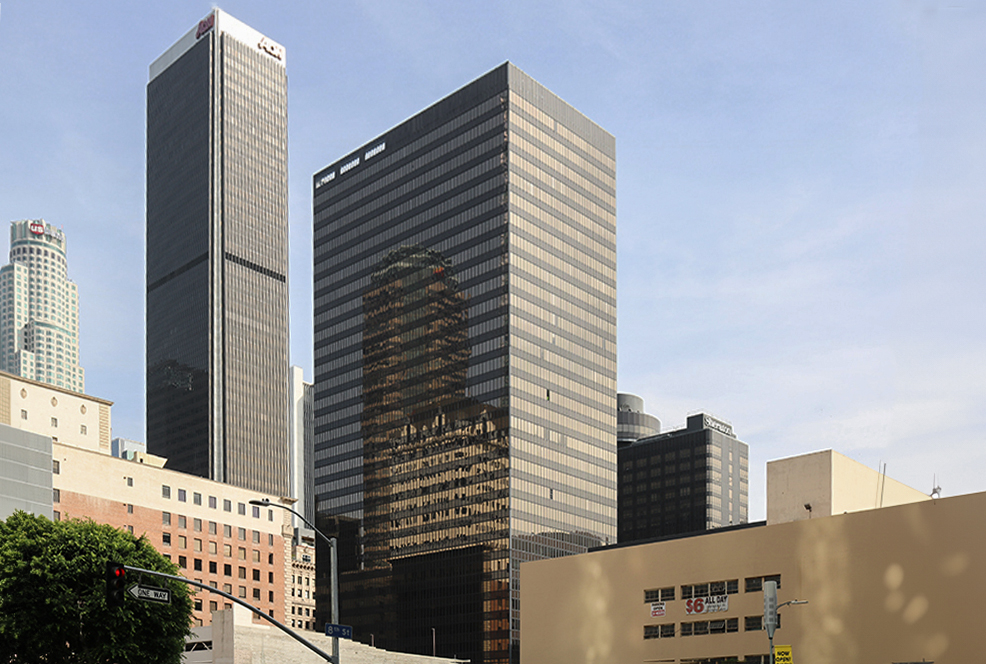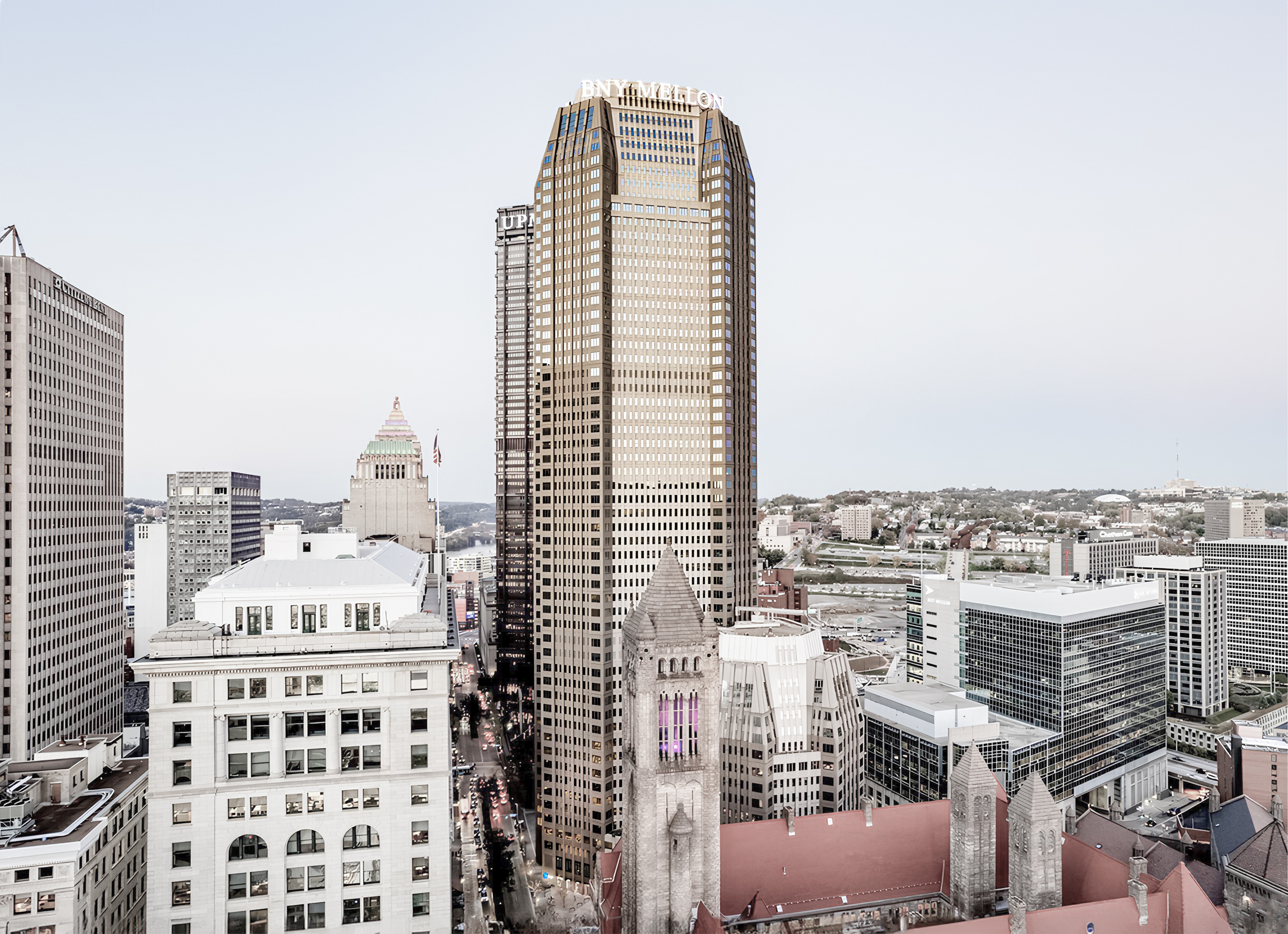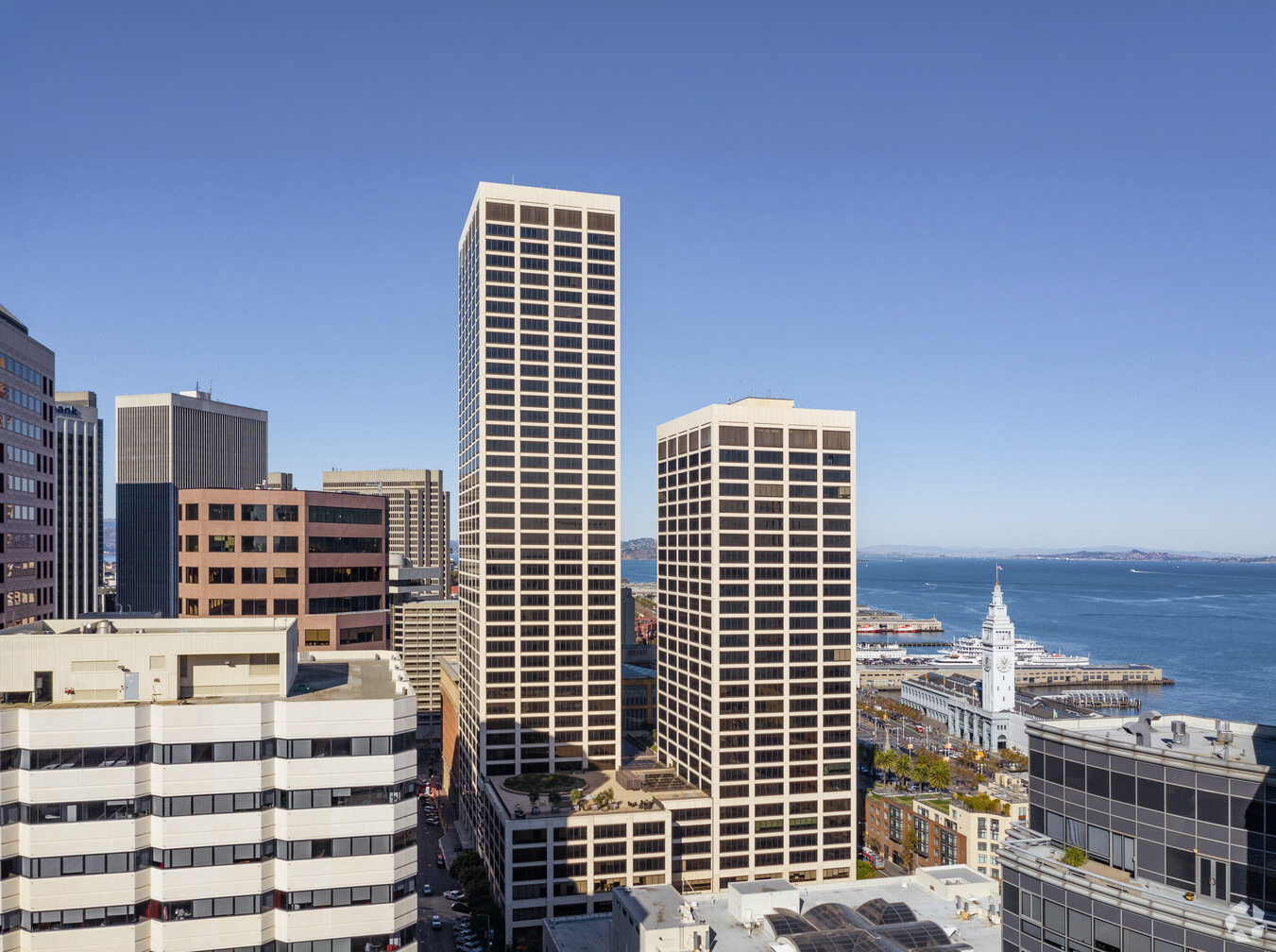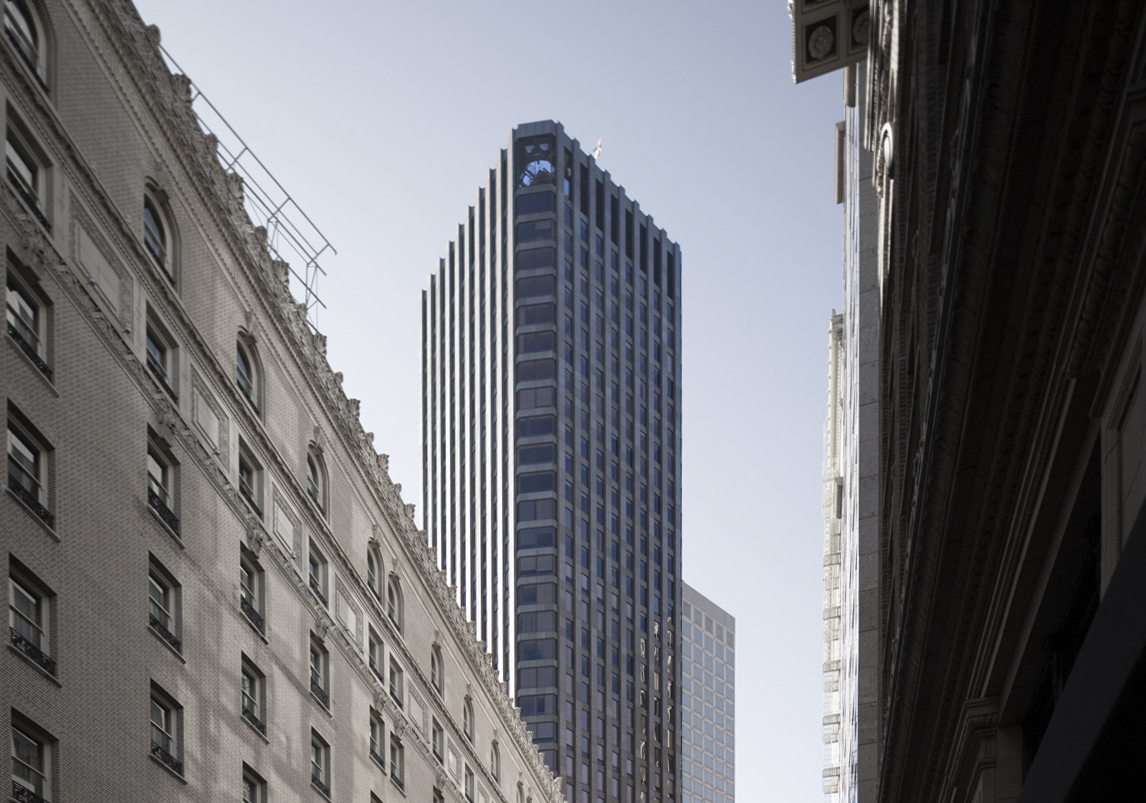The Equitable Life Building is an International Style skyscraper designed by Welton Becket & Associates, and built between 1967 and 1969 in Los Angeles, CA.
Its precise street address is 3435 Wilshire Boulevard, Los Angeles, CA. You can also find it on the map here.
